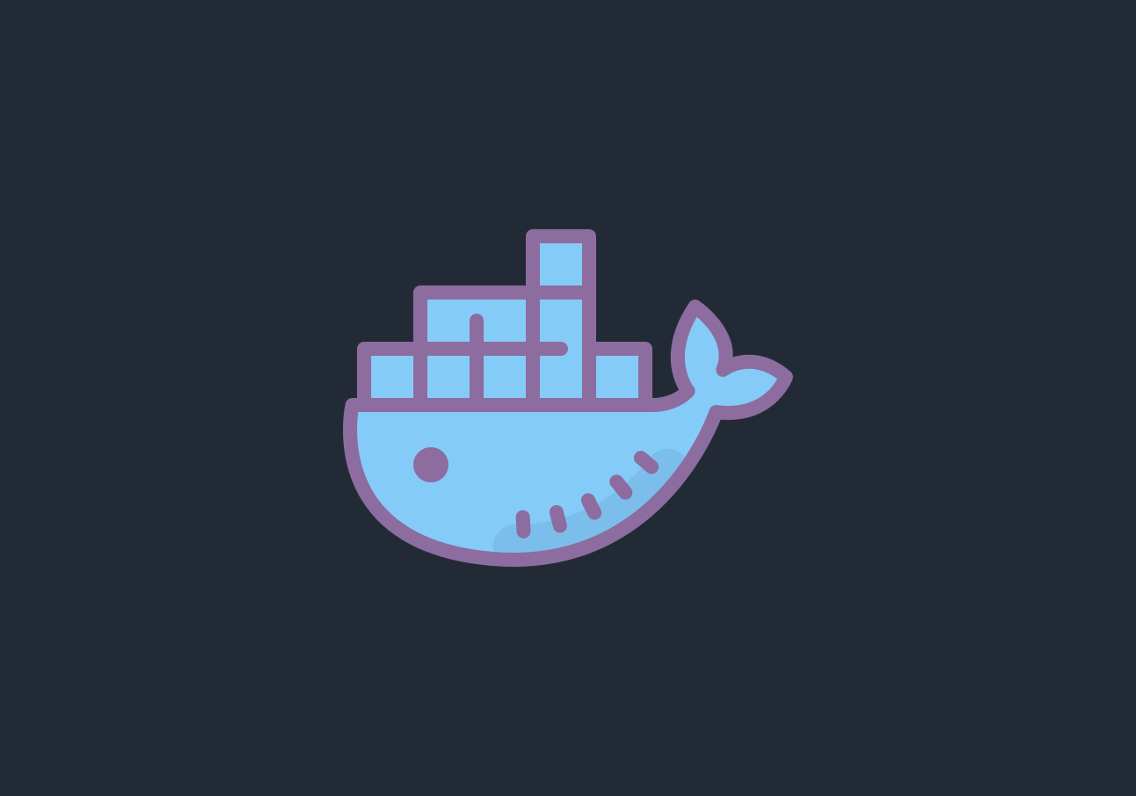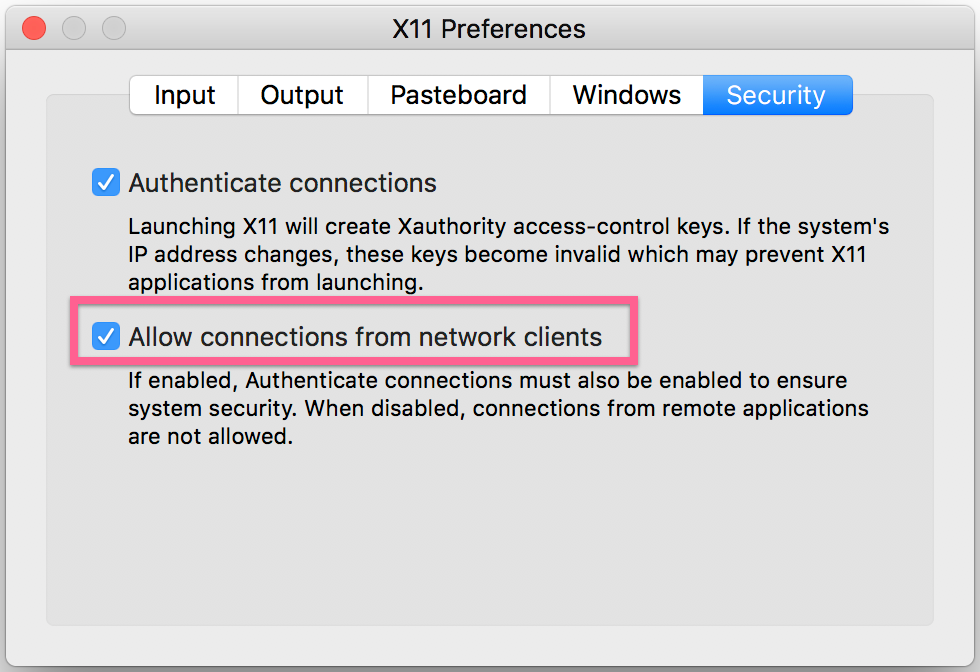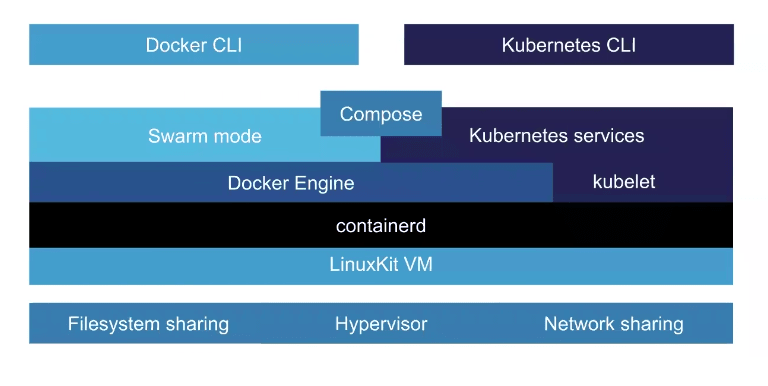

Let’s check to see what the default gateway of the container is. Notice the subnet is a /16 and still in range of the IP assigned to docker0.Īt this point, pings are successful to the Internet.
#Docker for mac network settings Patch#
This seems to be a patch port that directly connects to veth068f in the docker0 bridge. We can see ‘eth0’ was automatically created. Going back into the container, let’s issue an ‘ifconfig’ there. Docker picks a subnet not currently in use on the machine and assigns an IP in that range to the docker0 bridge (these are just the default settings). docker0 is a Linux bridge and veth068f is an interface on that bridge. It takes you right into the container shown at a new bash prompt because the existing shell is now used for the container, check out an ‘ifconfig.’ Notice the two new additions: docker0 and veth068f. Notice the last line in the screen shot below. This took about a minute (maybe less) to download and start. This Ubuntu machine is running in virtual box and eth3 is bridged onto my home network of 192.168.1.0/24.Ĭreating my first Docker container. Post install, but before a container was created, here is the output of my Ubuntu machine. This post documents the steps I took to test docker analyzing the network constructs that are automatically configured during container creation.įirst, I installed Docker using instructions for Ubuntu 12.04 (LTS) 64-bit. Because the impact on networking is often overlooked for new technologies, I figured I’d get a head start to understand the basics of Docker Networking.


There has been a ton of information out there on Docker over the last week.


 0 kommentar(er)
0 kommentar(er)
